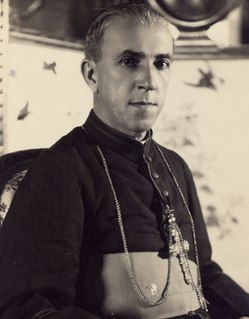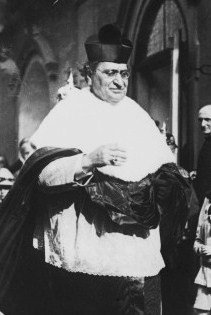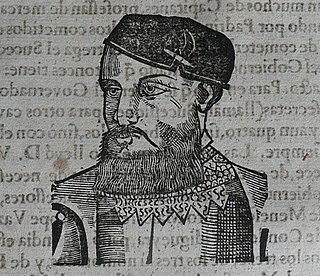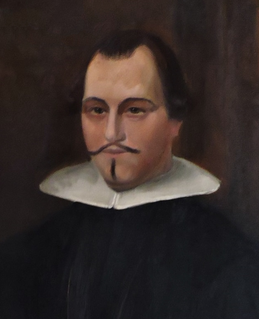
The Patriarchate of Lisbon is a Metropolitan Archdiocese of the Roman Rite of the Catholic Church based in Lisbon, the national capital of Portugal.

The Roman Catholic Archdiocese of Braga is an archdiocese of the Latin Rite of the Catholic Church in Portugal.

The Diocese of Coimbra is a Roman Catholic diocese in Coimbra, Portugal. It is a suffragan of the Archdiocese of Braga.

The Portuguese Roman Catholic Diocese of Porto (Oporto) is a suffragan of the archdiocese of Braga. Its see at Porto is in the Norte region, and the second largest city in Portugal.

Augusto Álvaro da Silva was a Brazilian Cardinal of the Roman Catholic Church. He served as Archbishop of São Salvador da Bahia from 1924 until his death in 1968, and was elevated to the cardinalate in 1953 by Pope Pius XII.

José Sebastião de Almeida Neto was a Cardinal of the Catholic Church and Patriarch of Lisbon.

DomInácio do Nascimento de Morais Cardoso was a Cardinal of the Roman Catholic Church and was Patriarch of Lisbon.

The Portuguese Roman Catholic Diocese of Leiria–Fátima is a Latin rite suffragan diocese in the ecclesiastical province of the Metropolitan Patriarchate of Lisbon.

D. Francisco I de Saldanha da Gama was the third cardinal patriarch of Lisbon.
António Jorge Martins da Motta Veiga was a Portuguese politician and former Minister and law professor.

Isabella of Portugal (1364–1395) was the natural daughter of King Ferdinand I of Portugal, from an unknown mother.

Dom Duarte de Menezes, was a 16th-century Portuguese nobleman and colonial officer, governor of Tangier from 1508 to 1521 and 1536 to 1539, and governor of Portuguese India from 1522 to 1524.

Mar Joseph Kariattil, alternatively written as Kariattil Ouseph, was the first native Indian to be appointed as Archbishop of Kodungalloor (Cranganore) for Syrian Catholics in the territory now comprising Kerala, India.
The high office of Admiral of the Kingdom of Portugal as the head of the Portuguese navy was created by King Denis of Portugal in 1317 for the Genoese nobleman and naval officer Manuel Pessanha. Although there is evidence that such a title existed before, it seems to have been of only a temporary character, for fleets assembled in times of war. The exception was perhaps Nuno Fernandes Cogominho who seems to have been appointed admiral by King Denis in 1307, and still had that title at his death in 1316, although the conditions are unclear. Nonetheless, Manuel Pessanha was the first person known to hold the title of Almirante-mor as a permanent office for a permanent fleet. All the king's galleys were under his jurisdiction. The conditions of the Pessanha's title stipulated that he must maintain a corps of at least 20 Genoese naval officers at all times and was obliged to serve the king in military service on land as well as sea.

The Patriarch of Lisbon, also called the Cardinal-Patriarch of Lisbon once he has been made cardinal, is the ordinary bishop of the Roman Catholic Archdiocese of Lisbon. He is one of the few patriarchs in the Latin Church of the Catholic Church, along with the Patriarchs of Venice, the East Indies, and Jerusalem.

The Forty Conspirators were a Portuguese nationalist group during the Iberian Union. The Conspirators were composed of forty men of the Portuguese nobility, and many clergy and soldiers. Their goal was to depose the House of Habsburg king, Philip III.

Manuel José Macário do Nascimento Clemente, GCC, officially Manuel III, is a Portuguese prelate of the Catholic Church. He has been the Patriarch of Lisbon since 18 May 2013 and a cardinal since 14 February 2015. He has been a bishop since 1999 and was Bishop of Porto from 2007 to 2013.

Luís de Sousa was Archbishop of Lisbon. He was a major figure of the second half of the seventeenth century, serving as Royal Chaplain and Councillor of State of Portugal, later being created a Cardinal by Pope Innocent XII in 1697.

José Francisco Miguel António de Mendonça, or rather, Mendoça, was the fifth Patriarch of Lisbon under the name of D. José II.

















